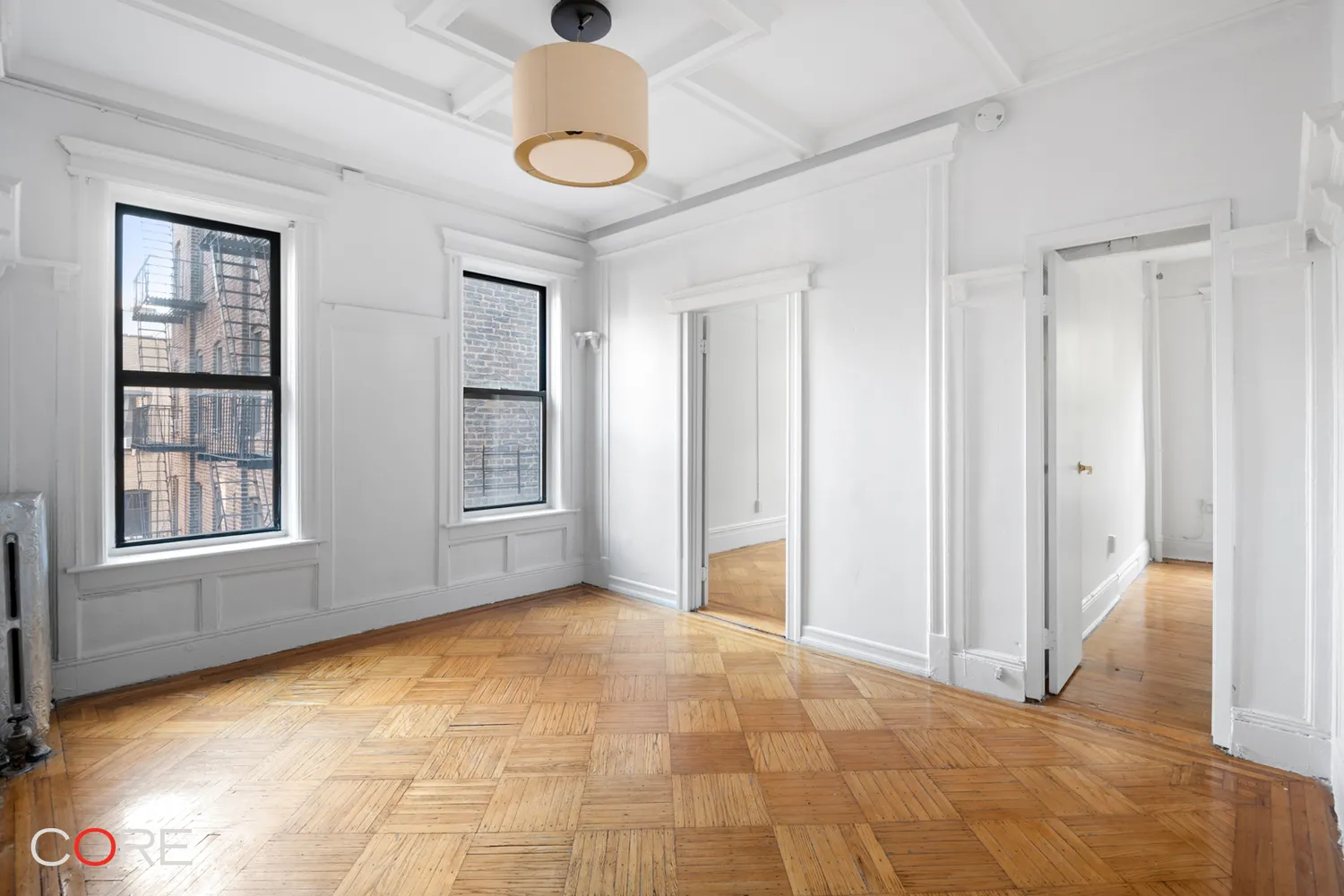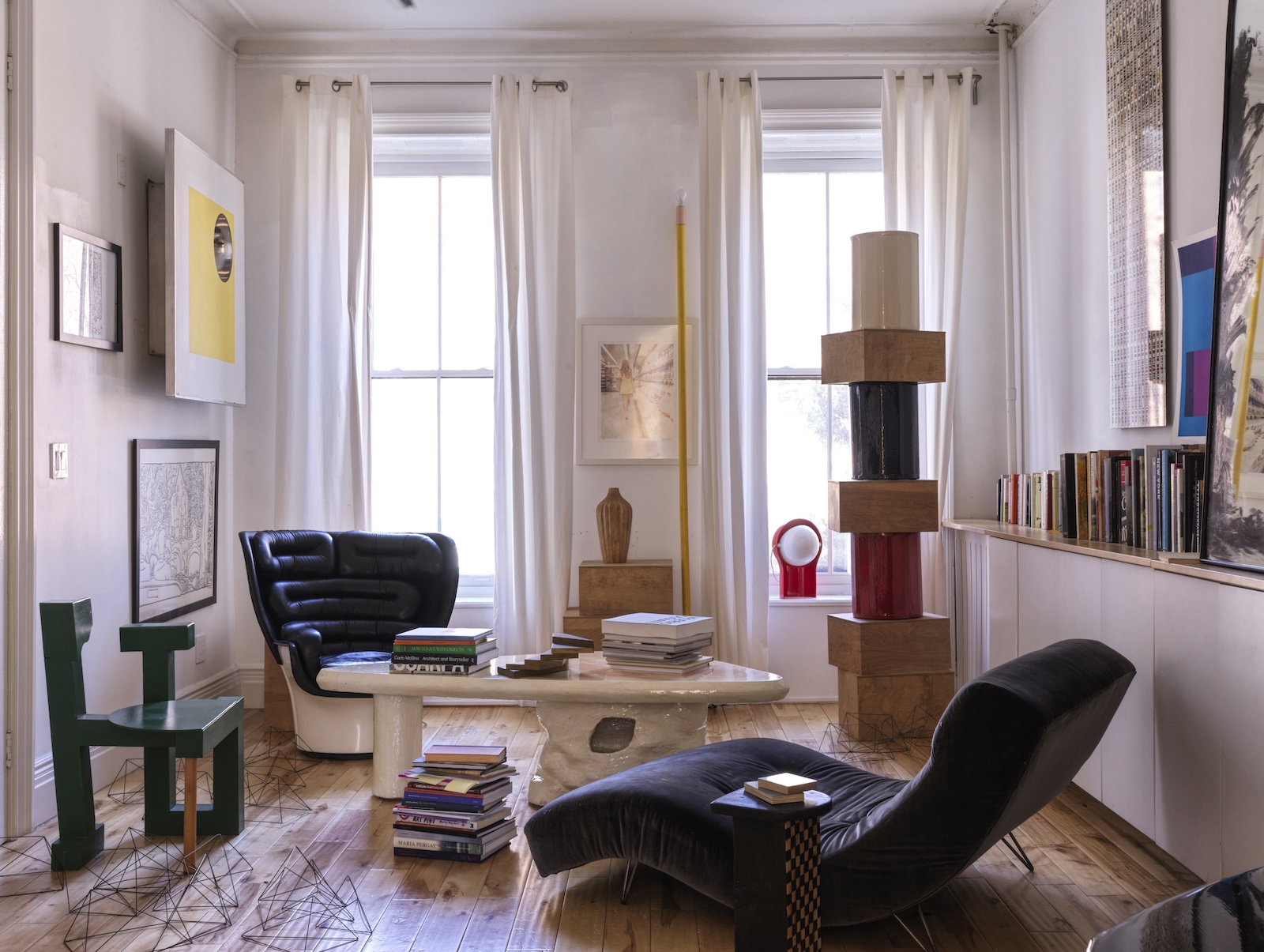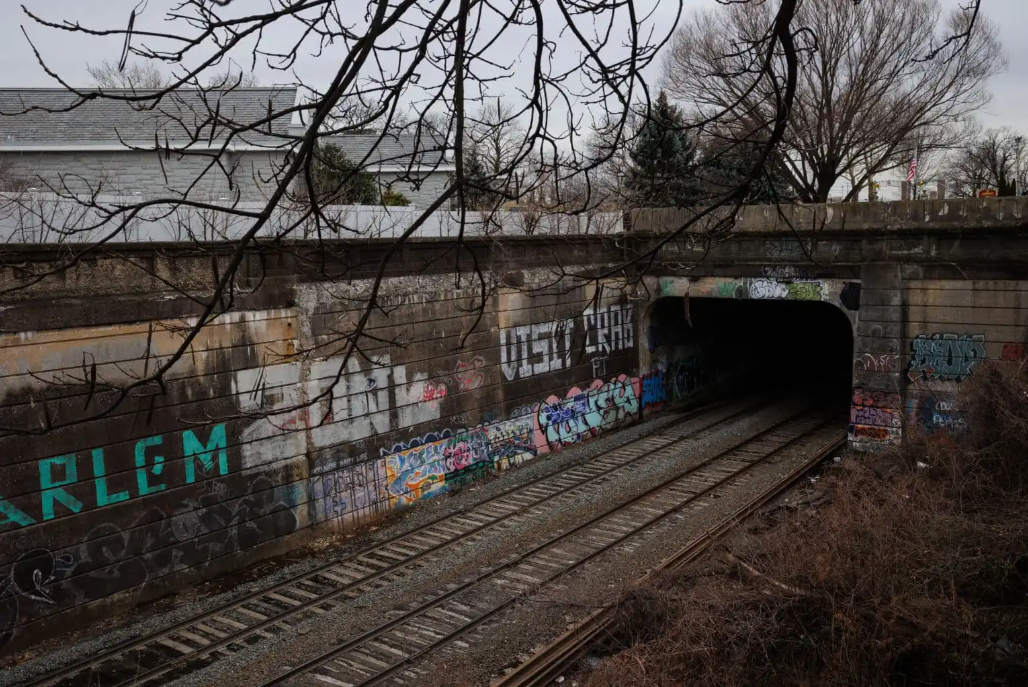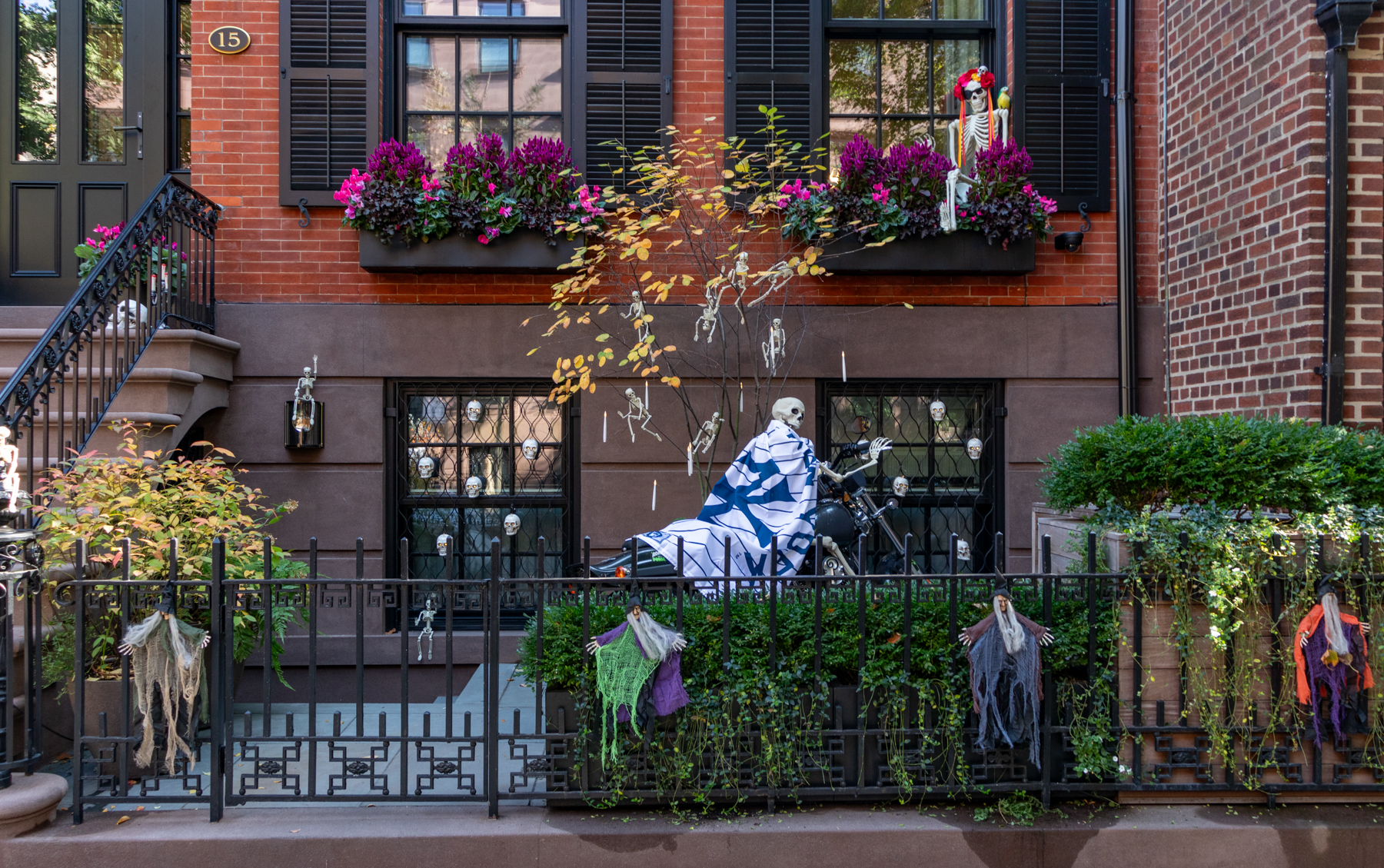An Ode to Vinyl Siding
Park Slope has its brownstones, Williamsburg its vinyl siding. To me, it’s more of a, like, bourgeois town over there, a Williamsburg renter says of brownstone Brooklyn, in this NY Times article about how vinyl siding characterizes Williamsburg homes. While it isn’t always beloved, some think vinyl siding is a testament to Williamsburg’s working class…


Park Slope has its brownstones, Williamsburg its vinyl siding. To me, it’s more of a, like, bourgeois town over there, a Williamsburg renter says of brownstone Brooklyn, in this NY Times article about how vinyl siding characterizes Williamsburg homes. While it isn’t always beloved, some think vinyl siding is a testament to Williamsburg’s working class tradition, an authentic piece of history in the neighborhood. It’s not the most beautiful thing, but it’s real, said real estate broker and investor Lewis Canfield. It’s authentic. It’s tied to the history of the neighborhood. The siding is also practical and because it receives very little upkeep it remains untouched for decades. A commenter in Greenwood Heights weighs in in this City Room discussion: “To all the haters out there, embrace the love that is vinyl! Certainly more historically authentic to many parts of Brooklyn (and beyond) that re-brownstoning or rebricking a home or adding wood lap back in the picture. Metal? Iinteresting, perhaps standing seam…but while my 1880’s frame, wood lap covered by shingles and vinyl, may never be hip, it is real for my Greenwood Heights neighborhood and my household’s budget.”
Vinyl Siding Holds its Appeal to Some in Brooklyn [NY Times]
Photo by The Lizness









I’m no great fan of vinyl, but maintaining a landmarked facade costs somewhere on the order of $2k-3k per year. That’s not cost effective, nor is it a good use of society’s resources.
Vinyl, while not as textured as brownstone, is a pretty good product at an affordable price.
quote:
‘Bourghetto’, or something similar. Crossed Ghetto with Bourgeois,
love it! sounds like a wine that comes in a box! i always just thought it was simply called Boojeey tho.
*rob*
Dirty Hipster, you’re a dirty hipster. Aside that, you missed my point. The majority of housing in Greenpoint and Williamsburg ranged from the simple but elegant brick Italianate and the more common woodframe, coupled with Lower East Side-style tenement houses here and there. These were still attractive buildings and honestly, I have nothing against them, only the modern vinyl siding which ruins them today.
I loved the movie Tin Men.
Vinyl usually only lasts 20 to 30 years. It’s obvious given the poor faded condition of so much of the stuff throughout the borough.
I’m going to say it.
The block in the photo is one f@cking ugly block!
BUT there is a parking spot.
blayze – so are you trying to say the architecture in any given neighborhood isn’t a reflection of the socio-economic level of it’s inhabitants when those buildings were built?
brownstone brooklyn has great architecture because it was wealthy. williamsburg and greenpoint WERE working class neighborhoods tied in with the industry on the waterfront.
somehow I do not believe vinyl siding is going to stand the test of time. Asbestos siding maybe so.
Thou Shalt Love Thy Neighbor as Thy Vinyl